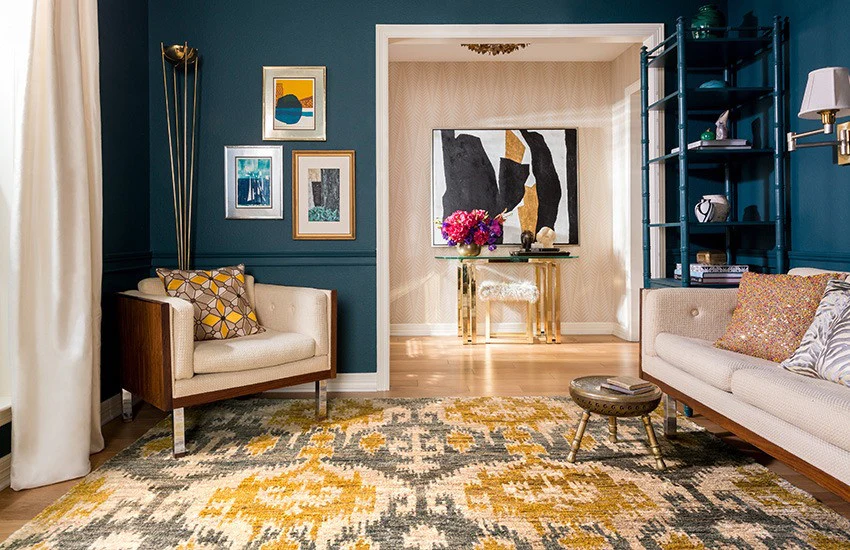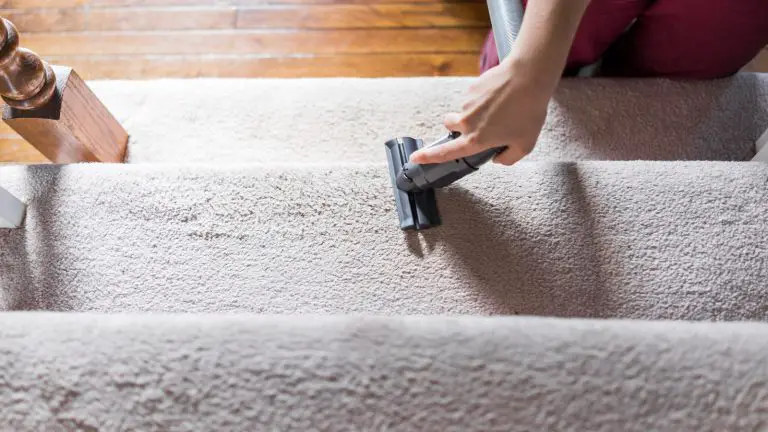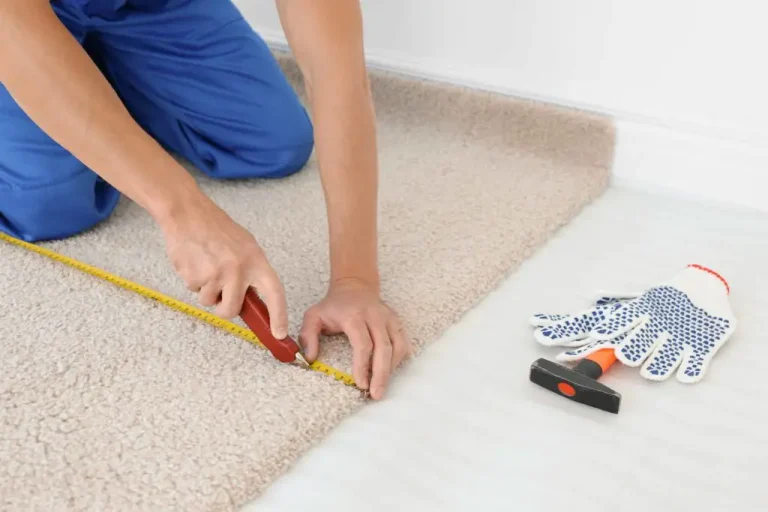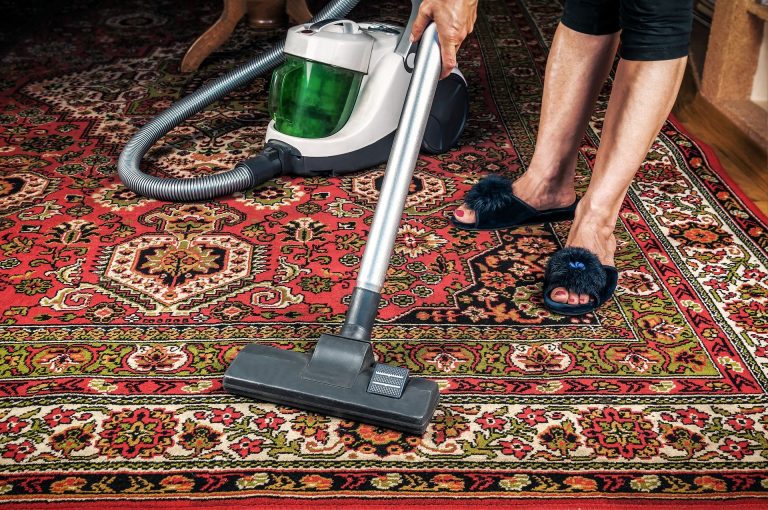How To Match Carpet
When it comes to adding a touch of warmth and comfort to your home, few things can compare to a new carpet. But with so many different carpet styles and colors available, how do you choose one that will match your home’s existing decor? The key to finding the perfect carpet is to consider the colors, patterns, and textures that already exist in your home and then look for a carpet that complements them. Here are a few tips on how to match carpet with your existing décor.
Defining Carpet Materials
When it comes to matching carpets, the first step is to determine what materials will best suit your lifestyle and budget. Carpet is available in a variety of materials, each with its unique characteristics and benefits. From natural fibers to synthetics, carpeting materials can provide a range of options for style, durability, and maintenance. To help you make an informed decision, here is a breakdown of the most common types of carpet materials.
Natural fibers, such as wool and sisal, are often considered to be the most luxurious of carpeting materials. Wool is incredibly durable and offers excellent stain resistance. Sisal is more affordable and provides a softer, more resilient feel underfoot. Both are ideal for high-traffic areas and require minimal maintenance.
Synthetic materials, such as nylon and polyester, are popular due to their affordability and durability. Nylon is the most popular synthetic material for carpets and offers excellent stain resistance and resilience. Polyester is a softer, more affordable option that is less resilient but still offers superior stain protection.
Blended materials, such as wool-synthetic, provide the best of both worlds. Wool-synthetic blends combine the natural softness and luxurious feel of wool with the stain-resistant and durable properties of synthetic fibers. This makes them an excellent choice for carpets that need to stand up to everyday wear and tear.
By understanding the differences between carpet materials, you can make an informed decision about which one is best for your lifestyle and budget. Whether you choose natural fibers, synthetic materials, or blended materials, you can be sure that you are making a smart investment in your home.
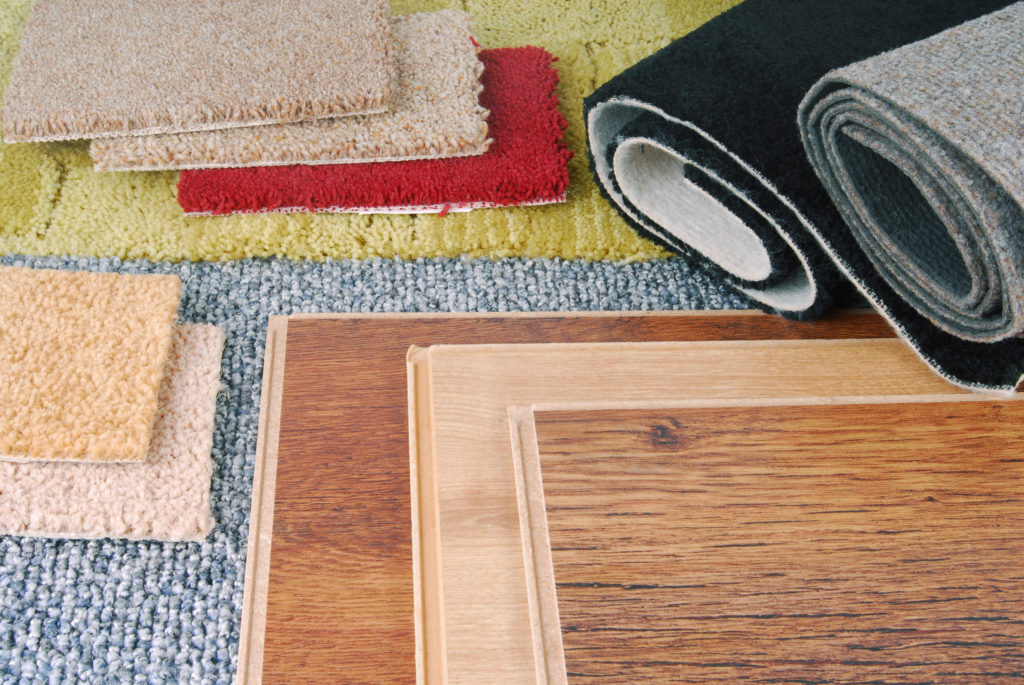
Credit: www.flooringstores.com
Measuring Your Room
Carpet shopping isn’t always as simple as picking out a style and color you like. It is important to consider the size of the room you are carpeting and to ensure that you have the correct measurements for the job. Measuring your room is the first step in making sure that you are purchasing the right amount of carpet for the job.
Measuring your room is easy. Start by measuring the length and width of the room. Measure from wall to wall, including any doorways or alcoves that you plan to carpet. After you have your measurements, you can calculate the square footage of the room. If your room is irregularly shaped, simply break it up into separate sections and measure each section separately. Once you have calculated the square footage of the room, you will know how much carpet you need to purchase.
When measuring your room for carpet, it is important to consider the orientation of the room. If you plan to lay the carpet in a certain direction, make sure that you are measuring the room in the same orientation. This will help you when it comes time to lay the carpet and ensure that it fits perfectly in your space.
Measuring your room is an important step in the carpet shopping process. It ensures that you purchase enough carpet and that it will fit correctly in your space. With the right measurements, you can find the perfect carpet for your room and have it laid in no time.
Estimating Carpet Quantities
Having trouble figuring out the right amount of carpet to buy for your upcoming project? You’re not alone. Matching carpet quantities is a tricky and time-consuming task, but it’s essential to get the job done correctly. Before you start your carpet shopping, it’s important to consider the size of the room, the type of carpet you want, and the amount of extra carpet you may need for trimming or expansion.
Estimating the amount of carpet you’ll need starts with measuring the room. Measure the length and width of each wall and add those measurements together. For example, if you have a 12’x14’ room, the total of the measurements would be 36’. When shopping for carpet, it’s important to remember that the carpet needs to be wider than the room – typically 12”-24” wider than the room’s dimensions. This allows for trimming and expansion. Once you have the measurements for the room, you can factor in the amount of extra carpet you’ll need.
To find the final amount of carpet you’ll need, multiply the total of your measurements by the width of the carpet. This will give you the square footage of carpet you’ll need for the room. Be sure to add a few extra feet to account for imperfections and irregularities in the room, as well as any additional trimming or expansion you may need.
Matching carpet quantities is no easy task, but with the right tools and a bit of patience, you’ll be able to select the perfect carpet for your project. If you’re still feeling uncertain, be sure to consult with a professional to ensure you have the correct measurements and amount of carpet for your space.
Selecting Carpet Color and Pattern
Finding the perfect carpet to match your space can be a challenge. Whether you are looking to spruce up a space with a bold statement or simply want to find a carpet that blends into the background, there are a few things to consider when deciding on a carpet color and pattern.
The first thing to consider is the size of the space. If you have a large room, a bold pattern can make it look larger while a solid color will blend into the background. On the other hand, a smaller room can benefit from a smaller pattern to keep it from looking cramped.
The next step is to match the carpet color and pattern to your existing decor. If you have a traditional style, look for a more classic color and pattern. If your style is more modern, a more contemporary pattern might be a better choice. Matching the carpet to your decor will ensure the space looks cohesive.
When selecting the actual carpet color, take into account the amount of foot traffic and exposure to sunlight. Darker colors will show dirt and wear more easily, so lighter colors may be a better choice. Similarly, if the space gets a lot of sunshine, consider a carpet that won’t fade too quickly.
Finally, think about the overall vibe you want to create. Carpet can be a great way to add warmth, texture, and personality to a space, so be sure to select a color and pattern that reflects your style.
Selecting a carpet color and pattern for your space doesn’t have to be intimidating. By considering the size of the room, the existing decor, the amount of foot traffic, and the vibe you want to create, you can easily find the perfect carpet to match your space.
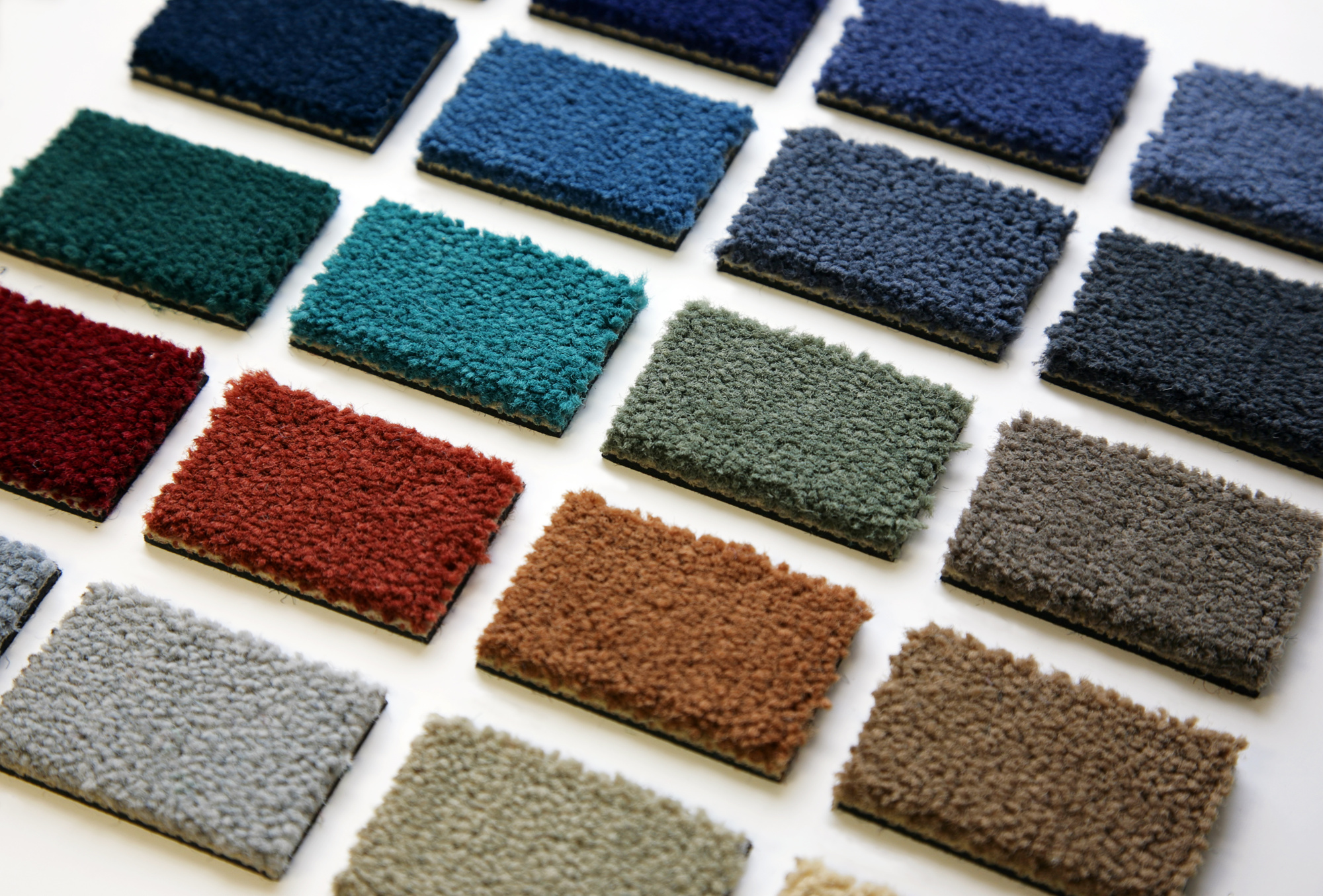
Credit: www.uniqueflooringlouisville.com
Calculating Carpet Cost
Carpet is a major investment in your home, and it is important to understand the true cost of carpet before making a purchase. Calculating carpet cost is not always straightforward, and there are a few key factors to consider. The price of the carpet will depend on the quality of the material, the size of the area to be covered, and the type of installation you choose. Additionally, any additional services such as carpet padding, stretching, and repair work can add to the overall cost.
When calculating the cost of carpeting, start by measuring the area to be covered and then compare prices of materials of different qualities. For instance, nylon and wool are more expensive than olefin and polyester. Your choice of material will also affect the installation cost. Stretching the carpet is usually an additional cost and may be necessary if you are covering a large area. Additionally, you will need to factor in the cost of any additional services such as padding and repairs.
It is important to get a few quotes before making a decision. Make sure that all quotes include the material cost, installation cost, any additional services, and any hidden costs. Once you have all the information, you can make an informed decision about the right carpet for your home. Calculating carpet cost is not always easy, but with the right information and some careful research, you can find the perfect carpet for your home.
Finding a Carpet Installer
Finding the right carpet installer can be one of the most important steps to ensure the success of your carpet installation project. A professional installer can help you choose the best materials and ensure a smooth installation process. Here are some tips to help you match the right carpet installer for your project.
First, research local carpet installers in your area. Ask for referrals from friends, family, and colleagues, and read online reviews to get an idea of the quality of services provided. Make sure to look for installers who specialize in the type of carpet you are looking for.
Second, contact the installers you’re interested in. Ask about their experience, certifications, and the type of carpets they typically install. You should also inquire about their prices and whether they offer any warranties or guarantees.
Third, ask to see examples of their work. This will give you a better understanding of the quality of work they provide. Ask if they can provide references from past customers as well.
Finally, once you’ve chosen an installer, make sure to set up a contract that includes all of the specifics of the job. This includes the type and amount of material, the installation costs, and any warranties or guarantees. By following these tips, you’ll be able to match the perfect carpet installer for your next project.
Preparing Your Room for Installation
Preparing your room for carpet installation is a critical step in ensuring the job is done properly. Taking the time to ensure the room is ready for carpet installation will not only make the process smoother but will also help ensure the carpet is properly installed and will last longer. To begin, clear the room of all furniture and items that cannot be moved. This will help ensure the room is properly prepared for installation and will make it easier for the carpet installer to move around. Remove any existing baseboards and moldings as well. Next, inspect the subfloor to make sure it is flat and free from any damage. If there are any gaps or uneven surfaces, these should be filled in with a patching compound before installation. Lastly, measure the room to determine the amount of carpet needed for the job. Once you have all of these steps completed, you are now ready to start the installation process. With the proper preparation, you can ensure a successful and long-lasting installation.
Maintaining Your Carpet
Having the right carpet for your home can make a huge difference to the look and feel of any room. It’s essential to know how to match carpets for the best possible outcome. But once you’ve chosen the right carpet, it’s important to know how to maintain it.
Regular vacuuming is the best way to keep your carpet looking great. Use a vacuum with a beater bar to clean deep into the fibers, and use the right attachments to reach edges and corners. It’s also important to clean up any spills or stains immediately, as the longer they stay on the carpet, the harder they are to remove.
In addition to regular vacuuming, you should also have your carpet professionally cleaned at least once a year. This will help get rid of any dirt and debris that can’t be removed with a vacuum, as well as keep the color vibrant.
Finally, consider using area rugs in high-traffic areas. This will help protect your carpet from dirt and general wear and tear. Plus, it will add a nice decorative touch to any room.
By following these simple tips, you can keep your carpet looking great and ensure it lasts for years to come. It’s important to match the carpet correctly, but it’s even more important to maintain it properly. With the right care, your carpet can look beautiful for years to come.
FAQs About the How To Match Carpet
1. What are the most important factors to consider when matching carpets?
Answer: The most important factors to consider when matching carpet include the size, color, texture, and pattern of the existing carpet, as well as the type of room the carpet will be installed in. Consider the color of the walls, furniture, and other elements in the room, and make sure the carpet complements the other elements in the room.
2. What tips should I keep in mind when matching carpets in different rooms?
Answer: When matching carpets in different rooms, it’s important to consider the overall color scheme of the home and the flow of the design. Try to choose a carpet that will be complementary to the existing carpet in other rooms, but also consider the size and shape of the room, the type of material, and the texture of the carpet.
3. Are there any special considerations to keep in mind when matching carpets with other flooring types?
Answer: When matching carpet with other flooring types, it’s important to consider the contrast between the two materials. Carpet should complement and not overpower the other flooring type, so consider the size, color, and texture of the existing flooring when selecting a carpet. Additionally, make sure the carpet is compatible with the other flooring types in terms of installation and maintenance.
Conclusion
Matching carpets is not as difficult as it may seem. The key to finding the right carpet is to take into consideration the color, pattern, and texture of the existing carpet and select a similar carpet. Additionally, consider the room size, the amount of traffic, and the amount of maintenance the carpet will need. With the proper research and preparation, you can find the perfect carpet to match your existing carpet.

